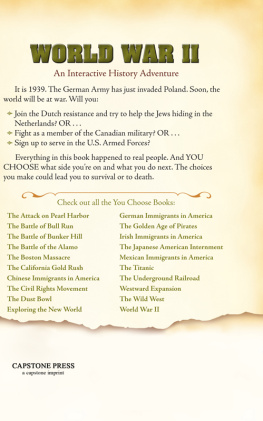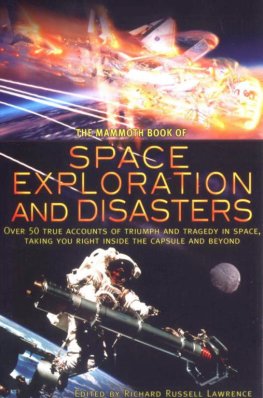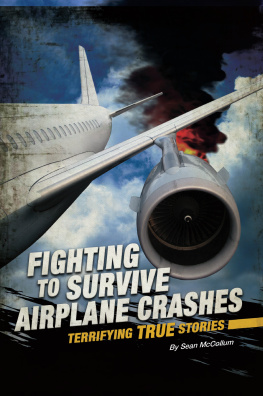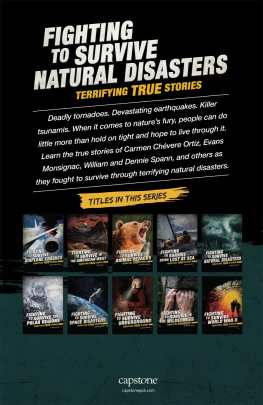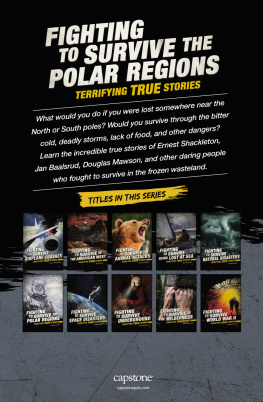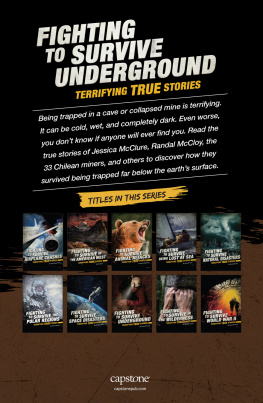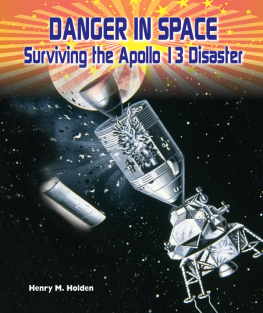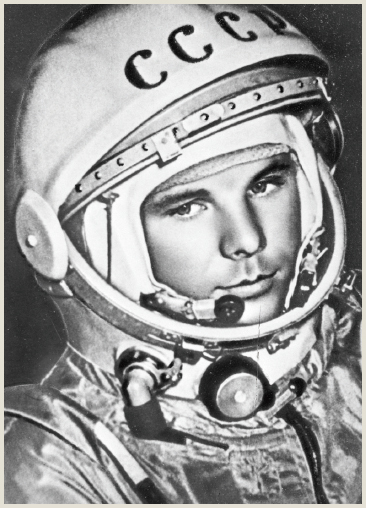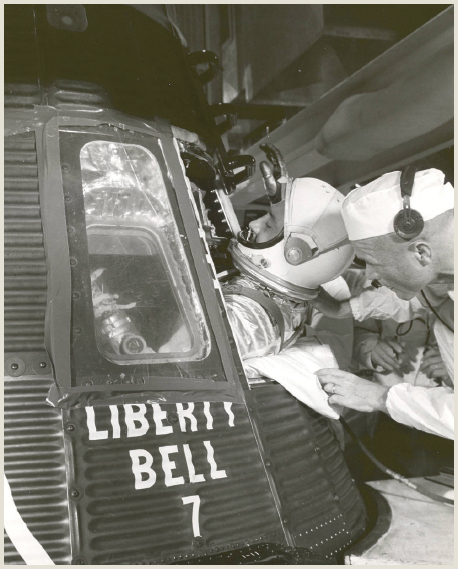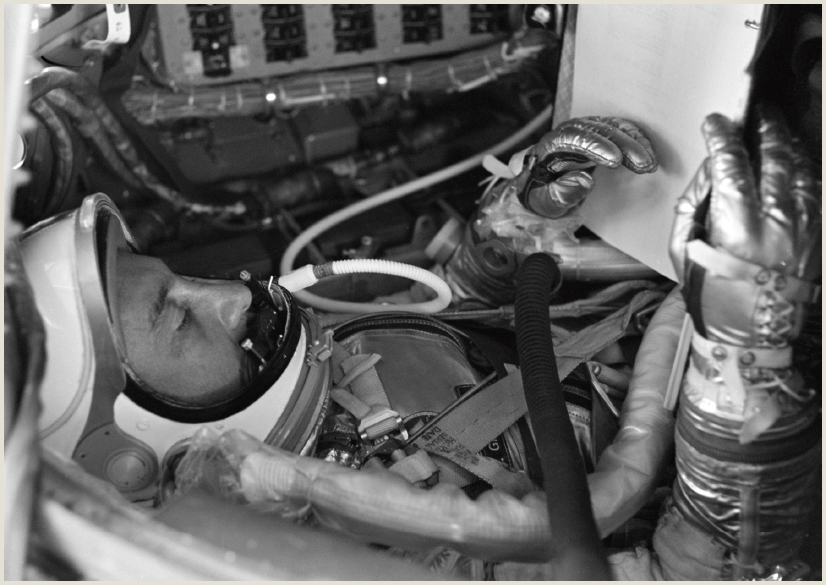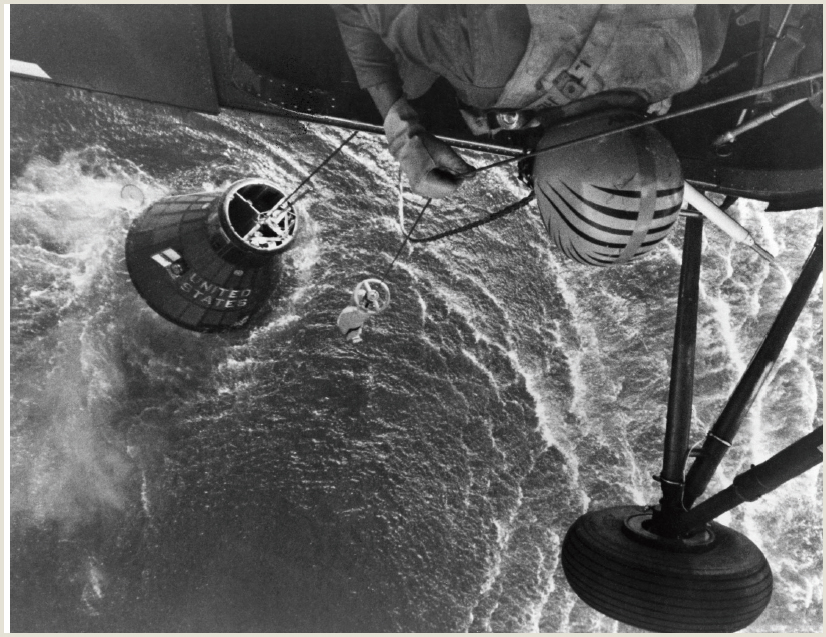INTRODUCTION
Artists rendering of Soviet cosmonaut Yuri Gagarin, the first man in space
Since the beginning of time, people have been curious about outer space. Science fiction writers imagined trips into space, but it was not until the 20th century that anyone actually traveled there. On October 4, 1957, the launched Sputnik 1. It was the first artificial satellite. The first U.S. satellite, Explorer 1, launched on January 31, 1958. The race to space had begun.
Soviet sent American Alan Shepard into space. His 15-minute flight in Freedom 7 marked a successful beginning for the U.S. manned space program.
DANGEROUS JOURNEY
Space travelers faced dangers from the moment they began training for spaceflight. Fires, equipment malfunctions, heat shield failures, and spacesuit failures could be deadly. Since the 1960s, 31 astronauts have died while preparing for flights or on the way to space. Even those on the ground who help prepare for missions are at risk. During a 1960 Soviet launchpad disaster, 160 people on the ground were killed.
Alan Shepard became the second man, and first American, in space on May 5, 1961.
Those who accept the risks of space travel know they will be far from help and far from home. Space travel requires knowledge of the spacecraft and its operating systems. It also requires confidence in the people who design and build the ships, spacesuits, and the systems that support them. Perhaps most important of all, space travelers must be brave, quick-witted, and creative.
SPLASHDOWN!
A STORY OF LIBERTY BELL
Virgil Gus Grissom was the United States second man in space. His flight, like Alan Shepards, was . It took him 118 miles (190 kilometers) above Earth. It was designed to prove that Shepards flight wasnt a flukethat a person could survive spaceflight.
Grissoms launch went smoothly. So did his 15 minutes of flight. It was on his return to Earth that Gus Grissom nearly died.
Before becoming one of the countrys first astronauts in 1959, Grissom had been an Air Force pilot. He was one of the seven astronauts chosen for the Mercury program, which was the first spaceflight program in U.S. history. He spent two years planning and preparing to go into space. He worked closely with the engineers who designed and built his spacecraft. He named it Liberty Bell 7 because it looked like the original Liberty Bell in Philadelphia. He chose the 7 to honor the seven astronauts in the Mercury program.
Astronaut John Glenn (right) helps Gus Grissom into the Liberty Bell 7.
Liberty Bell 7 was a small ship with just enough room for Grissom. It had a bigger viewing window than Freedom 7, Alan Shepards space capsule. Engineers also added explosive bolts to make the hatch easier to open when the astronaut landed. NASA performed several safety checks. Although Grissom tried to be patient, he was eager for his first spaceflight.
Liberty Bell 7 lifted off on July 21, 1961, carrying Gus Grissom.
LAUNCH
NASA scheduled the launch for July 18, 1961, but canceled due to bad weather. It was rescheduled for the next day. Again, bad weather caused a delay. Finally, in the early morning hours of July 21, 1961, Gus Grissom climbed into his space capsule. Liberty Bell 7 sailed into space at 7:20 a.m. Liftoff was very smooth, Grissom wrote later. I felt the booster start to vibrate and I could hear the engines start. I could feel a low vibration...
He traveled through a layer of cirrus clouds and then broke through the clouds and into the blue sky. As he climbed higher, the The new, larger window provided a spectacular view.
REENTRY
All too soon, it was time to return to Earth.
Grissom was in control of the spacecraft. He maintained the proper altitude and fired the retrorockets, which slowed the spacecraft for landing. He felt as if he were moving backward, but that was normal. Everything seemed to be working properly.
The main parachute and the , designed to slow the spacecrafts descent, popped out on schedule. Grissom felt a slight shock as the chutes pulled on the capsule. It bounced a bit. No problem.
Fifteen minutes and 37 seconds after liftoff, Liberty Bell 7 splashed into the Atlantic Ocean, right on schedule.
A STRANGE GURGLE
Water covered the spacecraft window, and Grissom heard a strange gurgling noise. He checked to see if any water had leaked inside the capsule. He couldnt see any. After 20 or 30 seconds, the capsule bobbed up, and the window was above water.
Following procedures, Grissom opened up the faceplate, disconnected the oxygen hose, and unfastened the helmet from his suit. Then he released the safety straps and medical sensors.
Helicopters were standing by to recover the Liberty Bell 7 and take Grissom to a waiting Navy ship. He radioed the waiting helicopter and told the pilot that hed need a few more minutes to work the switches on the instrument panel. Once that was done, he would signal the helicopter to hook onto the capsule and lift it out of the water. Then he would remove his helmet, blow the hatch, and step onto the sill of the capsule and into a rescue sling lowered from the copter. The helicopter would pull him to safety, and hed never have to touch the ocean.
Except... the hatch blew before Grissom touched it.
Grissom checked his flight plan in preparation for his solo mission.
All I could see was blue sky and sea water rushing in over the sill. I made just two moves, both of them instinctive. I tossed off my helmet, grabbed the right edge of the instrument panel and hoisted myself right through the hatch. I have never moved faster in my life.
TOSSED INTO THE OCEAN
Grissom landed in the ocean. He became tangled in one of the lines from the capsule, and, after a moments panic, freed himself. When he looked back at Liberty Bell 7, he realized that the capsule was sinking, and he was floating in the ocean.
Fortunately, he had rolled up the rubber neck dam on his collar so that it was tight around the neck. Although it was designed to keep air inside the spacesuit after the astronaut took off his helmet, it would also keep the water out of it. Grissom later said, This was the best thing I did all day.
U.S. Marines attempted to lift the Liberty Bell with their helicopter.
RECOVERY?
A helicopter named Hunt Club 1 hovered overhead. The copilot stood in the open doorway trying to hook the cable onto Liberty Bell 7. Grissom swam closer to the capsule to help, but before he reached it, the copilot snagged the capsule with his hook. As the chopper struggled to pull the waterlogged capsule out of the water, a red warning light flashed on the helicopters instrument panel. If the copter kept lifting the heavy capsule, the copters engine would probably burn out. Reluctantly, the pilot cut the capsule loose.





